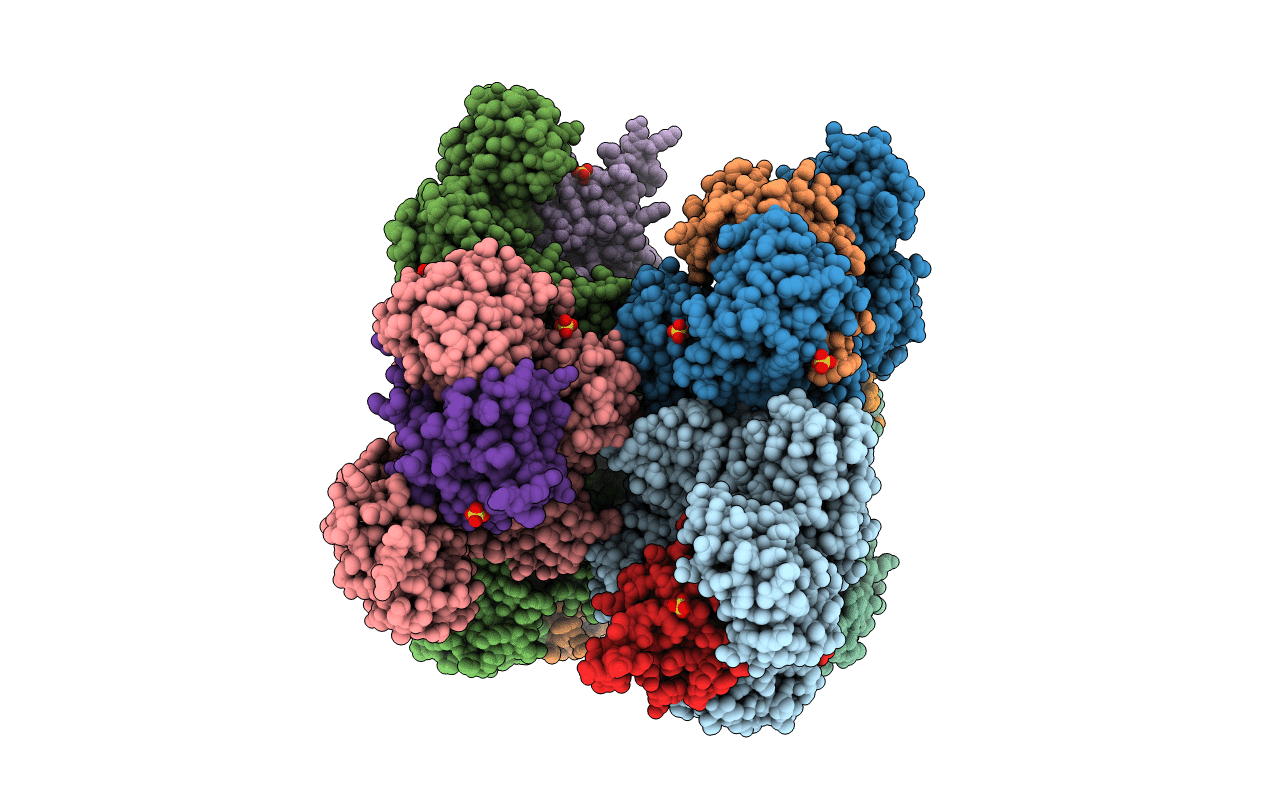
Deposition Date
2019-02-26
Release Date
2019-07-24
Last Version Date
2024-10-16
Entry Detail
Biological Source:
Source Organism:
Acinetobacter nosocomialis M2 (Taxon ID: 1343071)
Host Organism:
Method Details:
Experimental Method:
Resolution:
2.60 Å
R-Value Free:
0.23
R-Value Work:
0.22
R-Value Observed:
0.22
Space Group:
P 1


